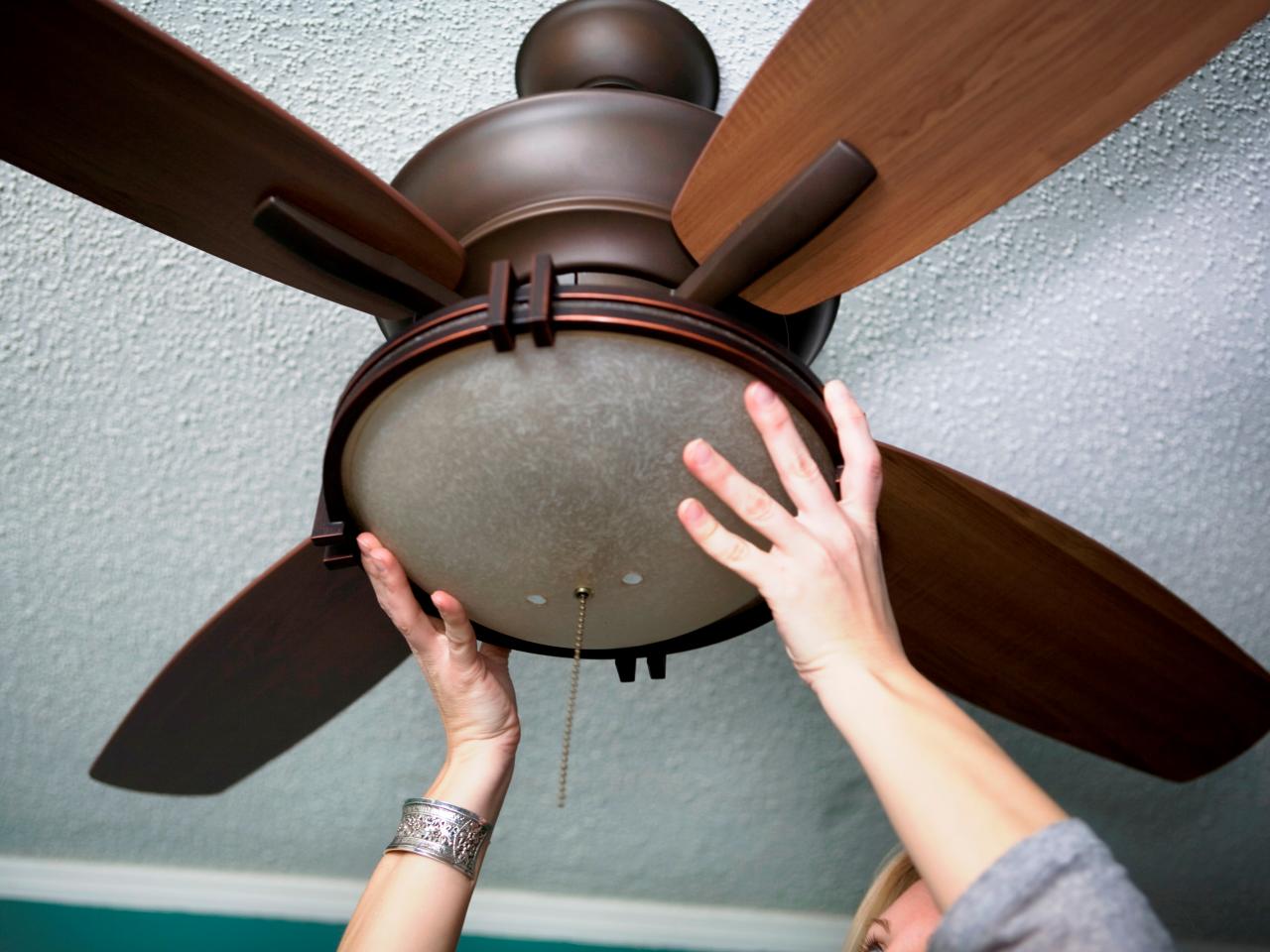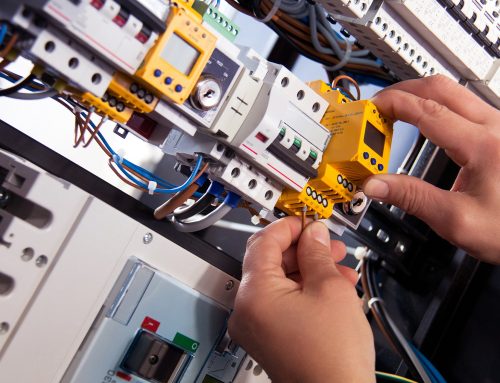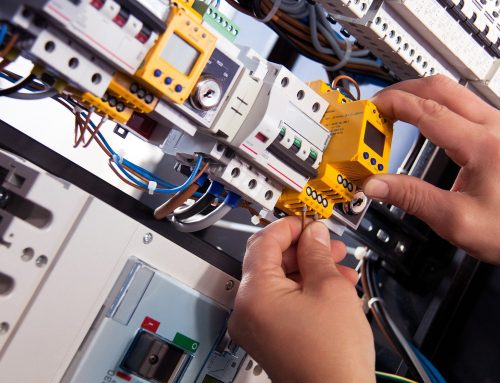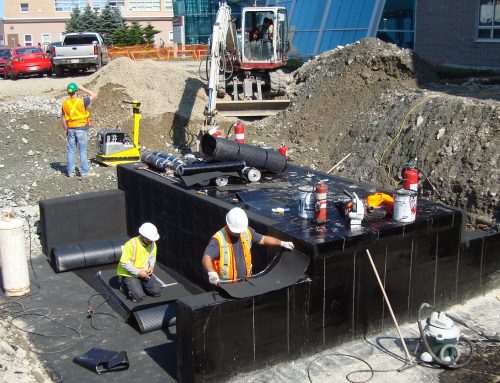Why you need a ceiling fan installed
Ceiling fans can do wonders for those long hot Sydney summers and a great way on reducing energy costs over your AC unit running all night. The average ceiling fan runs at about 60 watts per hour and considering most air conditioner units function at 2000 watts per hour, you can only see the savings you have when installing a ceiling fan. Not only will ceiling fans save you money in the summer they can also help with the electricity bill in the winter, reversing the blade direction {anti clockwise} when heating your home will help circulate and push heat throughout every room.
What to look out for when purchasing a ceiling fan
We tell our customers, make sure its a DC Motor fan, more efficient and less noise.
- The size – how big must your ceiling fan be? The size of your room will tell you the size of your ceiling fan. Ceiling fan sizes can range from 42 inch to 56 inch and above. Generally we use 42 – 44 inch ceiling for small rooms, we like to recommend 48 – 52 inch for bedrooms and 56 and above for living
- Ceiling room height – your ceiling must be at least 2.4mts in height, the average ceiling fan height would be 300mm in height and the minimum distance from floor level must be 2.1mts according to most manufacturers recommendations. It is recommended that ceilings 3mtrs and above should have an extension rod fitted to get the full performance from the ceiling
- Do I need more blades – ceiling fans come in, 3, 4 or 5 bladed types and it makes no difference whats so ever on how many blades your fan has. Having a 3 bladed fan will cause less stress on the fan motor and move through the air more efficiently. Always stick with timber or plastic blades, metal can be noisy when cutting through the air on high speed. It should also be noted to look out for the blade pitch, a blade pitch of about 10 to 15 tend to be more
- AC or DC motor – as we mentioned in the headline, we always stick with DC over AC. With technology in ceiling fans moving fast and DC fans having as much of the market share than AC fans due to their efficiency. The main difference between AC fans and DC fans is their power source, AC connected directly to the 240 volt supply and DC having its voltage dropped considerably to 12/24 volts by a electronic transformer. The one noticeable distinction between both fans is the noise, as the DC ceiling runs on less power it creates less noise and a much greater energy efficiency of up-to 70%. The DC motor has more speed controls on its remote control plus it also has a reverse option, so no need to climb a ladder to hit the reverse/forward selector switch when seasons
- How to operate your ceiling fan – ceiling fans can be operated from a wall controller, remote control, pull cord switch and even smart switches. Wall controllers are generally used for AC ceiling fans but there has been known DC fans to use wall controllers also. The remote control is always allocated to the DC ceiling and has multiple functions over the wall controller as discussed before. Pull cord switches would be used for AC fans and smart switches can be configured to both AC and DC ceiling
- What about lighting – both AC and DC ceiling fans can come fitted with lighting, AC ceiling fans have 240 volt lights and the DC fans will come fitted with low voltage lights with the LED been the chosen type of light. In most cases when swapping out your light for a ceiling fan, its a must your ceiling fan must come fitted with a light. Another option would be downlight installed on either side of the fan. Some DC fan remote controls have the option of dimmable mode for their LED light, a great option to have when someone is looking for that subtle kind of
So how do you go about installing your ceiling fan
Always follow the instruction manual when installing a ceiling fan.
- Before mounting a ceiling fan or disconnecting a light fitting for fan replacement, its a must that lighting power must be isolated. We always like to test cables before and after isolation just to confirm cables are dead and safe to work
- If replacing a centred light fitting with a ceiling fan, always make sure the right cabling is in place. In old type dwellings we can come across no earthing {green & yellow cable}. We will never install a ceiling fan if this cable is not in place, accidents do happen and if a fault occurs on the fan there is no protection for the fan to isolate from the circuit which can become a shock hazard.
- A ceiling fan must be mounted to a solid structure, either concrete or timber. When replacing a light fitting a timber batten should be put in place if one does not exist. Also beware of slopped ceilings, some ceiling fans are made for this type of situation and others are
- We make sure to use the fixing screws that come with the ceiling fans, they are a little bigger than your normal wood screw but its recommended from the manufacture to install the mounting bracket with the type of screw that comes with the
- Most fans come with motor already fitted to the ball mount pole, so need to straggle cables through the pole for the light if ceiling fan has one
- Secure the blades below the fans motor and make sure all screws are tight as loose blades will cause the fan to wobble
- Attach the light fitting if included in installation and screw fan cup to ceiling. If wall mounted controller to be installed, always make sure your incoming and out-going feeds are not mixed. We advise on using double sided tape if mounted a remote controller to the wall. In general most people will have the remote on a bed side locker or table.










